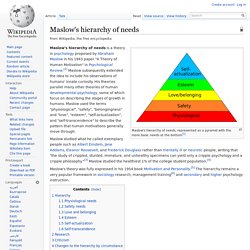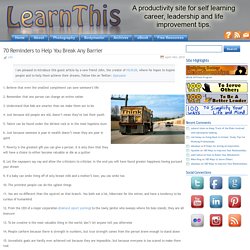

Interactive Whiteboard. DRUGS. Relationships. Relationships. How to increase serotonin in the human brain without drugs. Mental Health. Inner Space. Inner Space. Neuroscience. Psych/Neuro. Psychology. Psychology. Consciousness. Psychology... Magazine Sciences Humaines, revue Sciences humaines sociales, abonnement sciences humaines. Anxieety. Anxiety: Forms of Anxiety. Anxiety is a complex emotion, and its signs and symptoms may be manifested in different ways. Following are brief descriptions of the forms of anxiety that may occur in children and teenagers.
Detailed descriptions, signs and symptoms, causes, treatment and related information can be found by linking to each disorder. {*style:<ul>*}{*style:<li>*}{*style:<b>*}Separation Anxiety Disorder{*style:</b>*} — Children with separation anxiety disorder (SAD) have intense anxiety about being away from home or caregivers that affects their ability to function socially and in school. The child may cling to parents, refuse to go to school, or be afraid to sleep alone.
{*style:<a href=' more{*style:</a>*}. How to Hack Your Brain. Character & structures. The Top 10 Psychology Studies of 2010. The end of 2010 fast approaches, and I'm thrilled to have been asked by the editors of Psychology Today to write about the Top 10 psychology studies of the year. I've focused on studies that I personally feel stand out, not only as examples of great science, but even more importantly, as examples of how the science of psychology can improve our lives.
Each study has a clear "take home" message, offering the reader an insight or a simple strategy they can use to reach their goals , strengthen their relationships, make better decisions, or become happier. If you extract the wisdom from these ten studies and apply them in your own life, 2011 just might be a very good year. 1) How to Break Bad Habits If you are trying to stop smoking , swearing, or chewing your nails, you have probably tried the strategy of distracting yourself - taking your mind off whatever it is you are trying not to do - to break the habit.
J. 2) How to Make Everything Seem Easier J. 3) How To Manage Your Time Better. Famous Psychology Experiments. Mental Models. Learning & Memory. Psychology 1. Maslow's hierarchy of needs. Maslow's hierarchy of needs, represented as a pyramid with the more basic needs at the bottom[1] Maslow's hierarchy of needs is a theory in psychology proposed by Abraham Maslow in his 1943 paper "A Theory of Human Motivation" in Psychological Review.[2] Maslow subsequently extended the idea to include his observations of humans' innate curiosity.

His theories parallel many other theories of human developmental psychology, some of which focus on describing the stages of growth in humans. Maslow used the terms "physiological", "safety", "belongingness" and "love", "esteem", "self-actualization", and "self-transcendence" to describe the pattern that human motivations generally move through. Maslow's theory was fully expressed in his 1954 book Motivation and Personality.[5] The hierarchy remains a very popular framework in sociology research, management training[6] and secondary and higher psychology instruction. Hierarchy Physiological needs Safety needs Safety and Security needs include: Carl Jung Resources for Home Study and Practice. Body Language. 70 Reminders to Help You Break Any Barrier.
I am pleased to introduce this guest article by a new friend John, the creator of HiLife2B, where he hopes to inspire people and to help them achieve their dreams.

Follow him on Twitter: @janyasor 1. Believe that even the smallest compliment can save someone’s life 2. Remember that one person can change an entire nation 3. 4. 5. 6. 7. 8. 9. 10. 11. 12. 13. 14. 15. 16. 17.